Staying Fit


If you’re looking to commune with the great outdoors in national parks but keep bumping into other park visitors, a side trip to a nearby national wildlife refuge might be just the ticket. “Refuges offer a quieter, more relaxing experience of nature,” says Cynthia Martinez, chief of the National Wildlife Refuge System, whose first site was established in 1903 by President Theodore Roosevelt to protect animals and their habitats. With far fewer visitors than national parks, many combine stunning scenery with up-close seasonal wildlife viewing (often best early or late in the day) on trails or self-guided drives. And with 568 refuges across the country, most of them free, they’re practically in every American’s backyard. Here are 15 options that can easily be paired with a national park visit.
Kenai National Wildlife Refuge, Alaska


Sometimes called “Alaska in miniature” and chock-full of bears, moose, eagles and jaw-dropping mountain views, the 1.92-million-acre Kenai National Wildlife Refuge would take a lifetime to get around. But you’ll get a great snapshot by driving 19-mile-long Skilak Lake Road, which starts about 60 miles from Kenai Fjords National Park. Take a break from the drive with an easy 2.6-mile round-trip hike on Hidden Creek Trail, which winds past wildflowers, through wetlands and onto Skilak Lake beach. “Wildlife like spruce grouse and snowshoe hare are common along the trail,” says Andrea Medeiros, a public affairs specialist for the Fish and Wildlife Service. “And in the summer, when salmon return to Hidden Creek, brown and black bears frequent the area.”
Billy Frank Jr. Nisqually National Wildlife Refuge, Washington


This refuge packs more habitat diversity into its 4,529 acres than all of 236,000-acre Mount Rainier National Park, 72 miles to the east. Four miles of boardwalks and gravel trails lace this meeting of the Nisqually River and Puget Sound, looping around freshwater wetlands, riverbanks, tidal flats and forest that are home to wood ducks, beavers, bald eagles, herons, harbor seals and, during their June migration, Chinook salmon. Don’t miss the Nisqually Estuary Trail and its mile-long boardwalk. “On clear days, there’s a breathtaking view of Mount Rainier, the headwaters of the river,” says Glynnis Nakai, the refuge manager. “We might be the only refuge in the country where you can see the source of the water around you.”
Upper Klamath National Wildlife Refuge, Oregon


With virtually all of its 23,128 acres consisting of open water and cattail marshes, Upper Klamath National Wildlife Refuge and its wealth of wading birds, waterfowl, eagles, ospreys, beavers and otters are best experienced by boat. Rent canoes, kayaks and motorized craft ($30 to $395 depending on type and duration) at rustic Rocky Point Resort, 27 miles south of Crater Lake National Park via the Volcanic Legacy Scenic Byway. The resort is adjacent to a 9.5-mile canoe trail that puts you right in the middle of marsh life, especially on the mile-long Wocus Cut segment open only to nonmotorized craft.
Humboldt Bay National Wildlife Refuge, California


Fifty miles south of Redwood National and State Parks and their iconic trees of California’s North Coast, an entirely different picture of this remarkable, biodiverse region emerges at Humboldt Bay National Wildlife Refuge. Birds — hundreds of thousands of them — are the draw at this world-class birding destination, especially during the height of migration in November and April. But you’ll spot plenty during summer as well, including elegant snowy and great egrets, on the flat, 2-mile Shorebird Loop Trail that starts in freshwater wetlands and continues through fields and across brackish slough, saltwater marsh and tidal flats. An evening walk when the trail stays open late (first Friday of the month, from April to October) is especially tranquil. No pets are allowed in the refuge.
Rocky Mountain Arsenal National Wildlife Refuge, Colorado

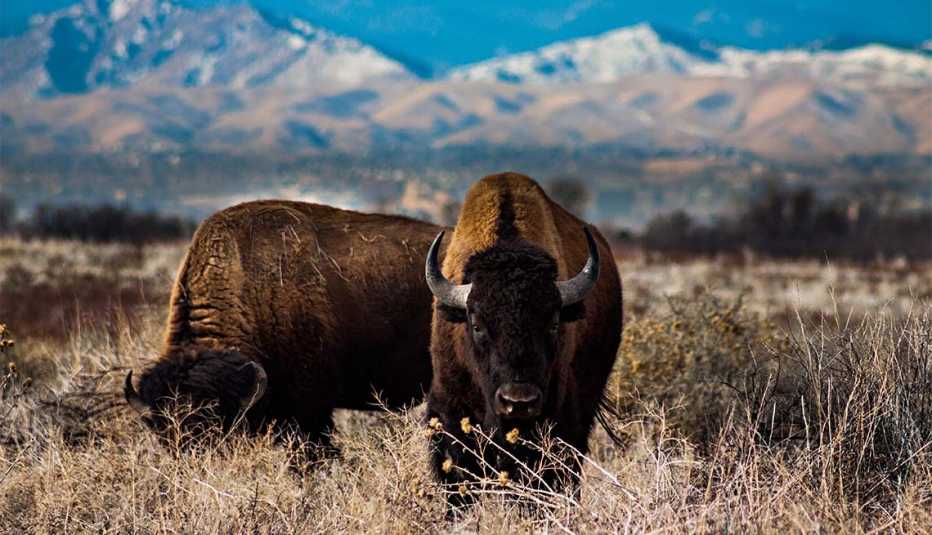
About 65 miles from Rocky Mountain National Park, and close enough to Denver to spy its skyline, about 240 bison roam this refuge year-round. An 11-mile Wildlife Drive (download the accompanying podcast before you go) winds around wetlands, woodlands and fields, which in summer are dotted with showy blooms including sunflowers and Rocky Mountain bee plant. You’ll see bison, but depending on the season, keep an eye out for bald eagles, hawks, burrowing owls and the endangered black-footed ferret. Stretch your legs on the easy loop trails around Lake Mary (0.6 miles) or Lake Ladora (1.8 miles), where American white pelicans hurtle into the water in search of fish. Pets are not allowed in the refuge.
National Elk Refuge, Wyoming

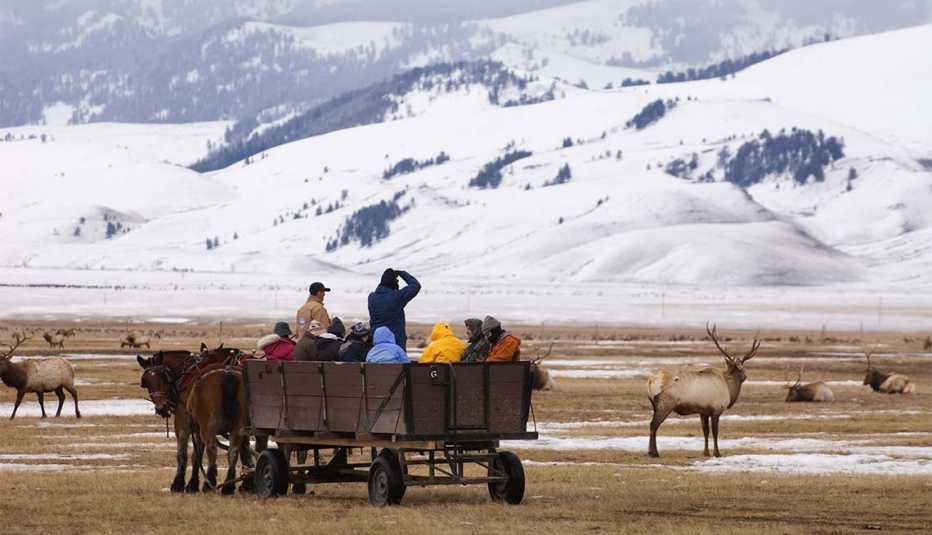
January through March is the best time to see the 8,000 elk that roam the landscape at the National Elk Refuge in Jackson, which is 8 miles from Grand Teton National Park and 60 miles from Yellowstone National Park. Summer is prime viewing time for one of the world’s speediest mammals. “Pronghorns are the fastest land mammals in the Americas, second in the world only to cheetahs,” says Raena Parsons, manager of visitor services. “And summer is when they migrate through the refuge.” You can admire these antelope-like animals, as well as raptors and songbirds, along the 11-mile Refuge Road Scenic Drive (3.5 miles in winter), a slower and far more pleasurable alternative to the highway. Drink in the stirring views of the Teton Range, which rises like a jagged, snow-capped wall just beyond the refuge.





























































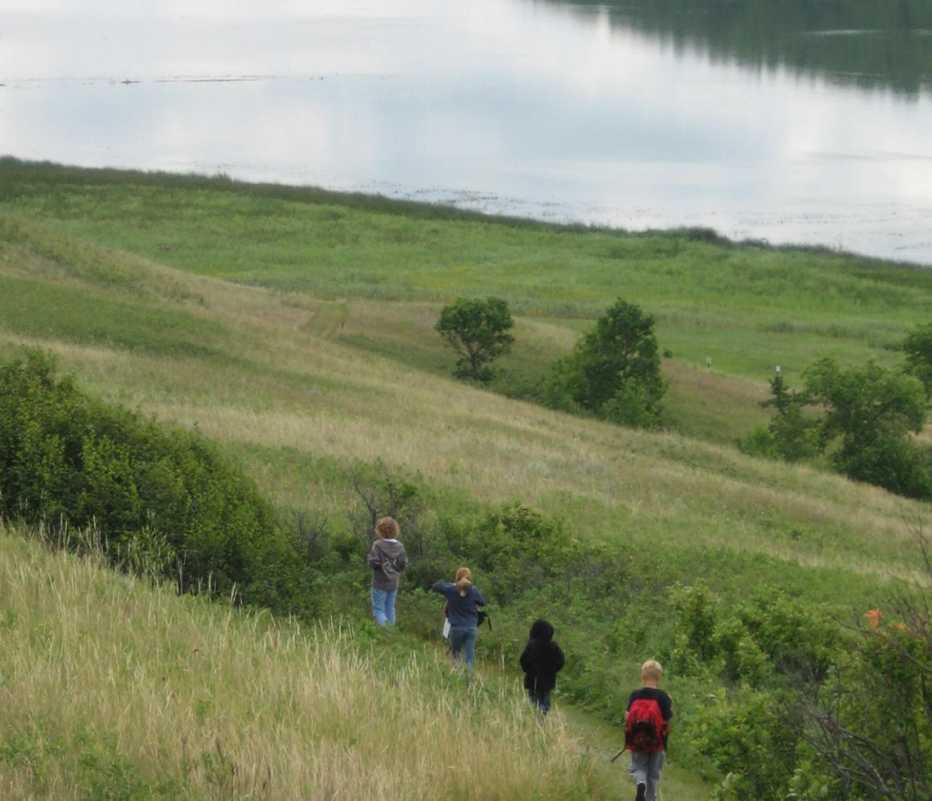
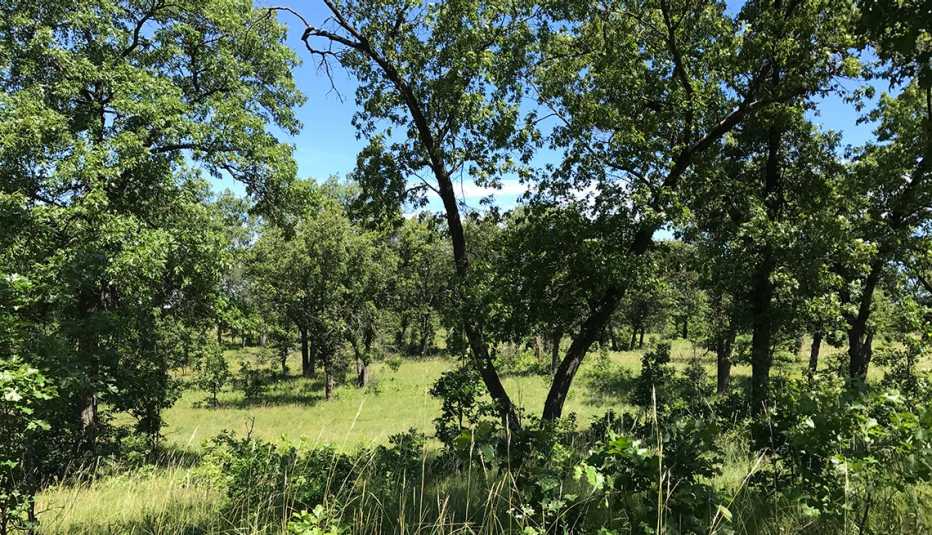
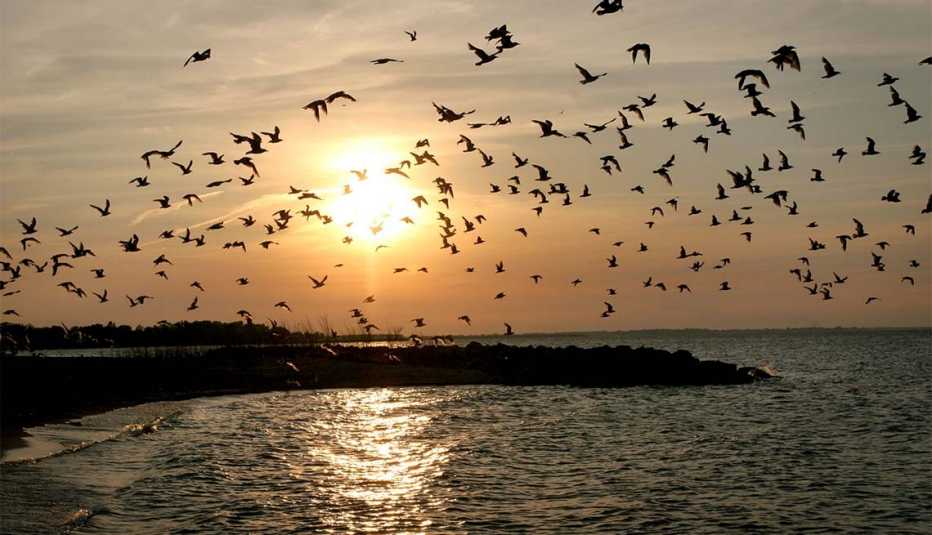

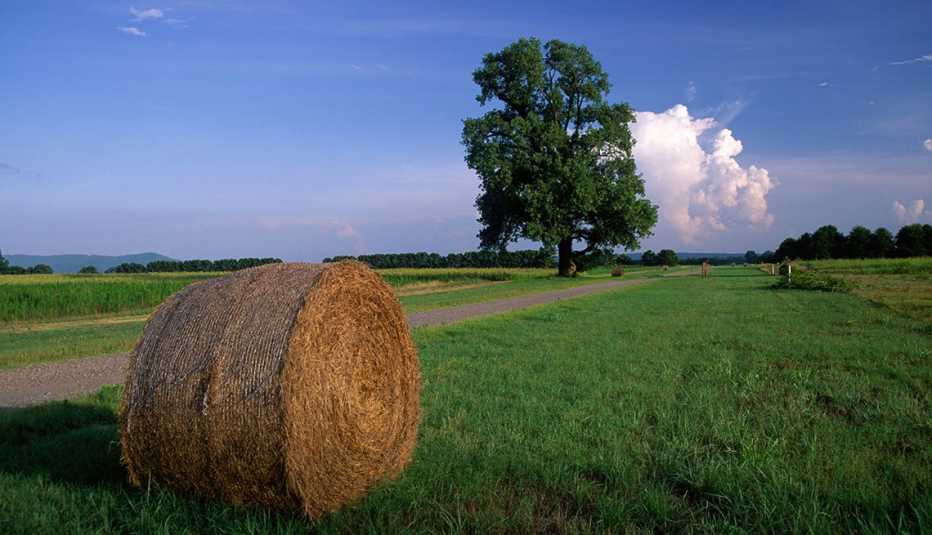
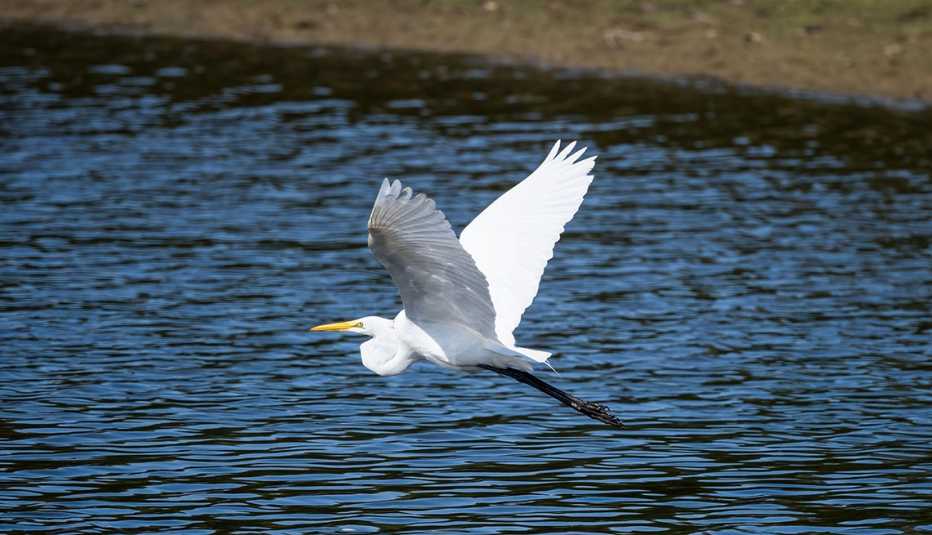
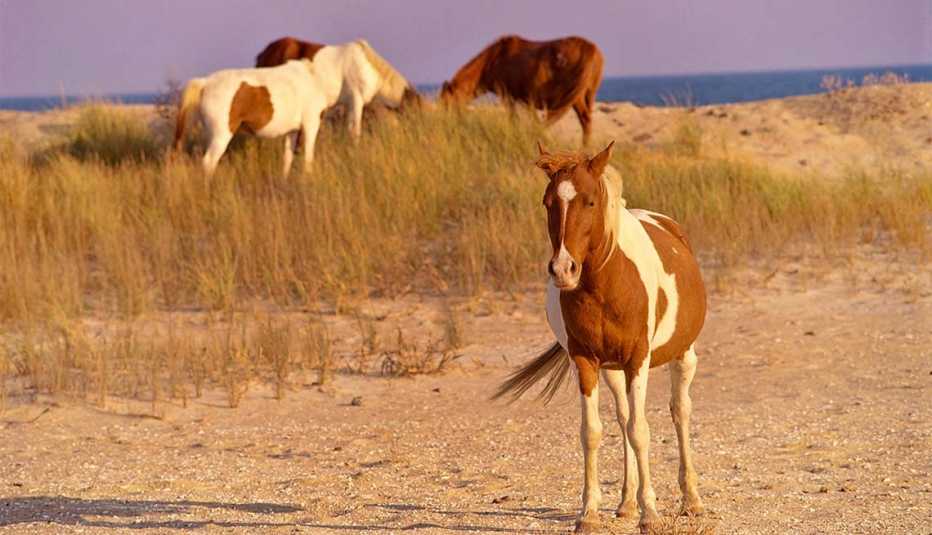


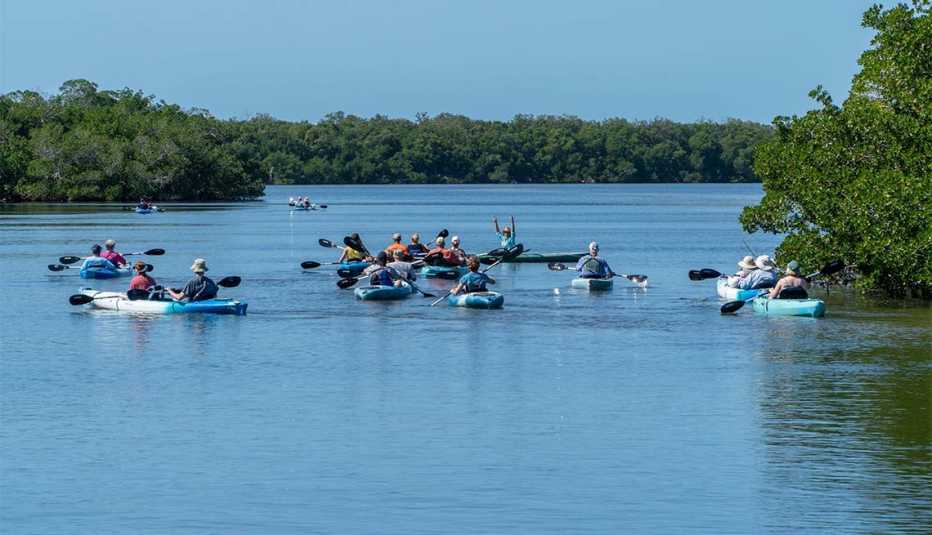
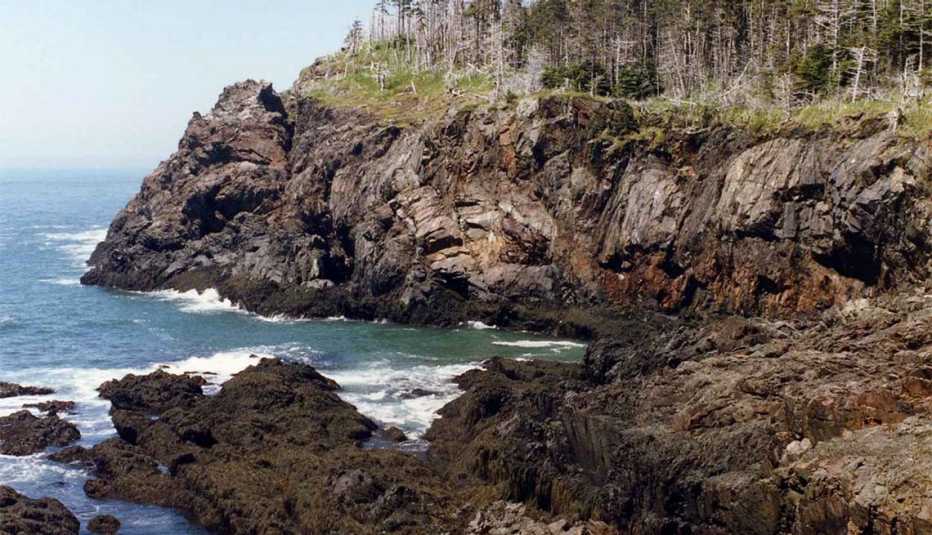



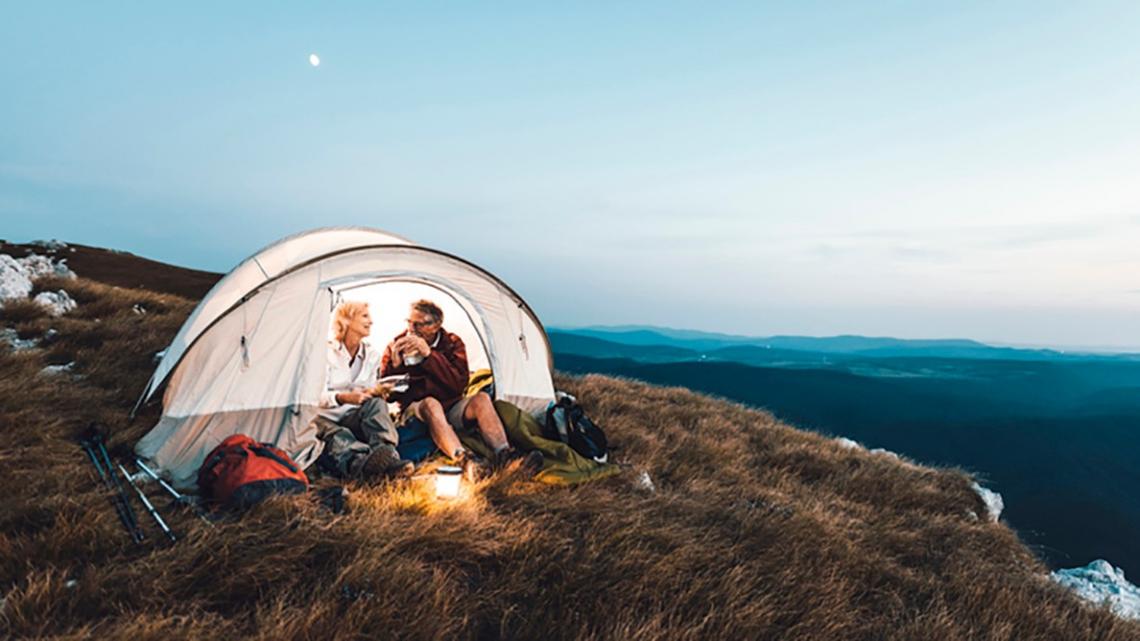


More From AARP
Get Up Close With Nature at These Destinations
Animal lovers can encounter these creatures in their natural habitatCreate a Stellar Experience for the 2024 Total Solar Eclipse
Use planning, flexibility and eclipse glasses to build a trip-of-a-lifetime in the moon’s shadow on April 8, 2024How to Prepare for a Hiking Trip
From choosing a destination and selecting gear to staying safe on the trails, here’s how to plan your next hiking trip